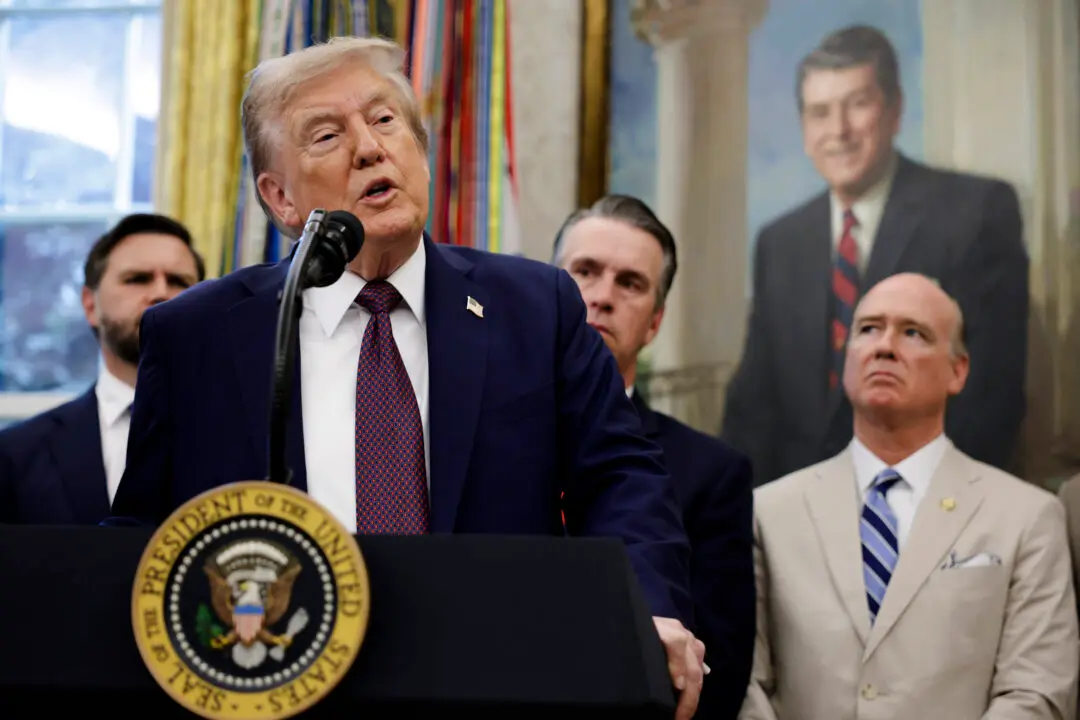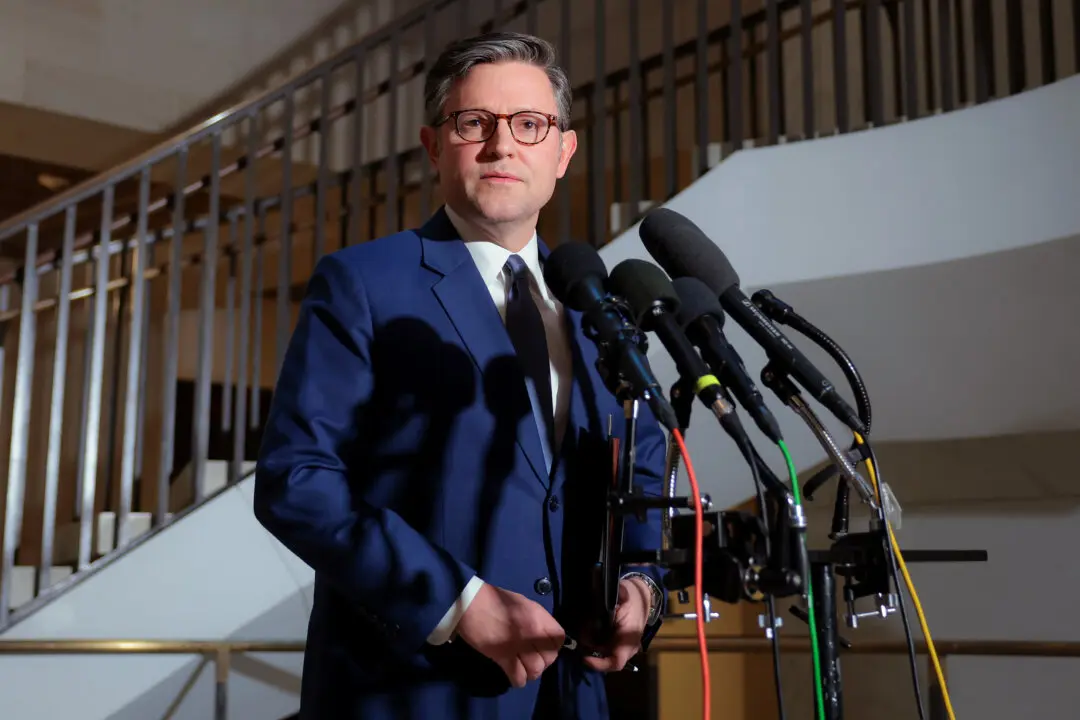Sen. Patty Murray (D-Wash.) was sworn in as Senate President Pro Tempore this week, making her second in line to the presidency as the new House speaker hasn’t been named yet.
Because there is no timeline for resolving the House speaker dispute and as GOP Leader Kevin McCarthy (R-Calif.) lost his bid for a seventh and eighth time on Thursday, Murray sits behind Vice President Kamala Harris in the presidential line of succession until a House speaker is named. Normally, the speaker is the second in line after the vice president under the U.S. Constitution.





